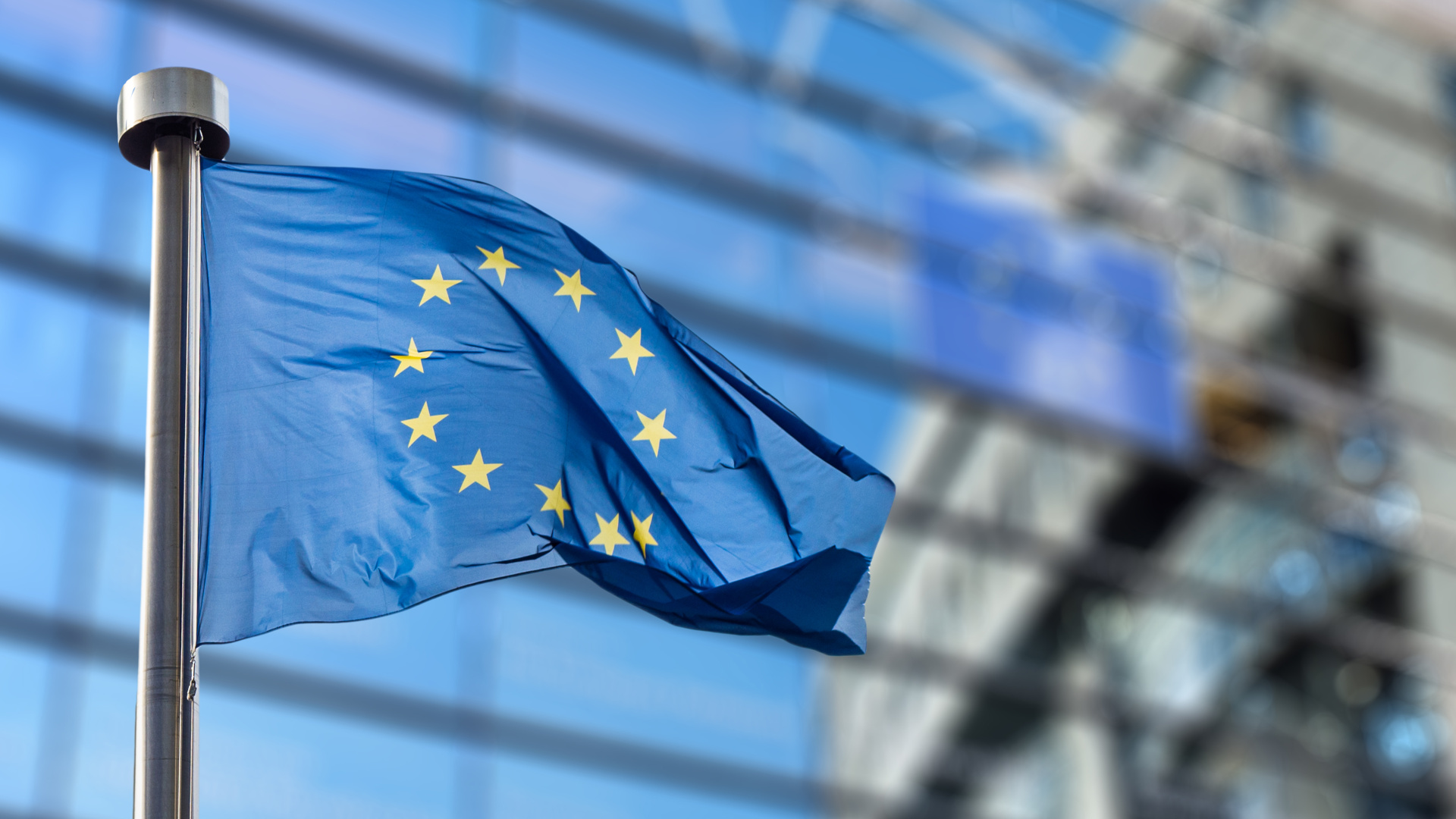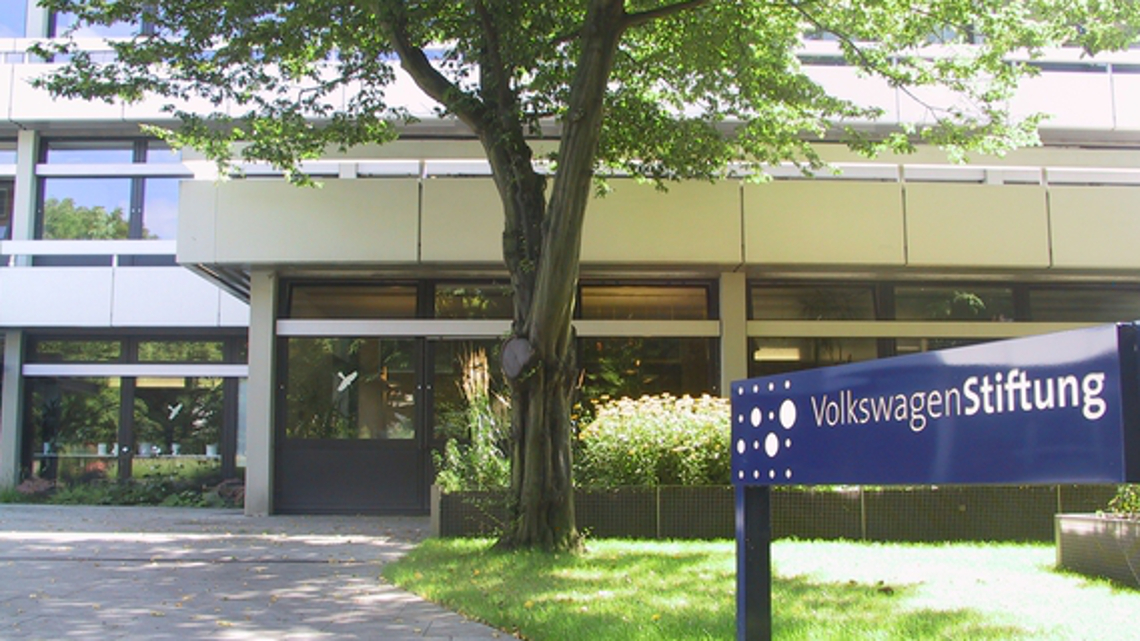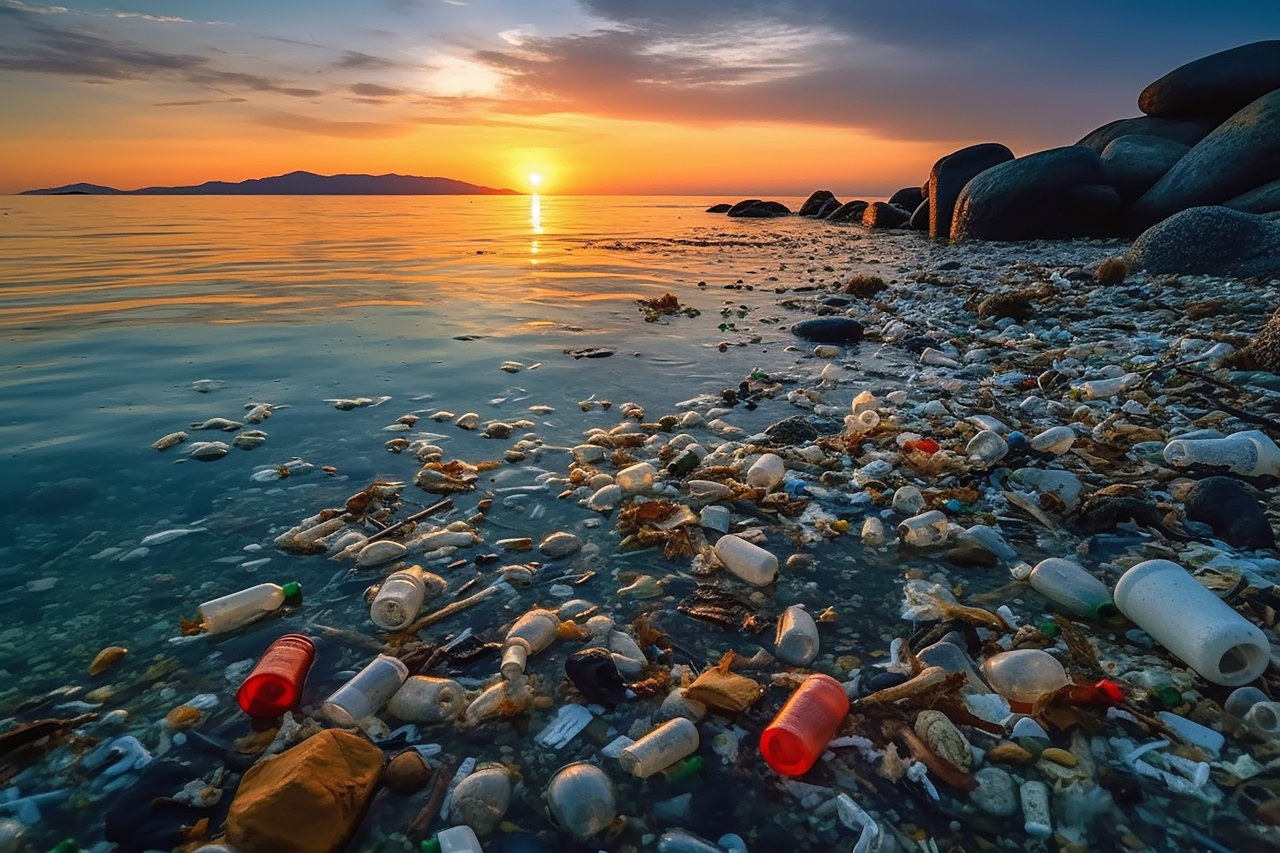New Bioeconomy Strategy for Europe
The European Commission has announced an updated Bioeconomy Strategy containing an action plan to develop a sustainable and circular bioeconomy for all of Europe.
The world population is growing while resources are dwindling. New innovations are needed to feed and clothe people and to provide them with clean water and energy. The bioeconomy offers new approaches and solutions: algae can become fuel, plastic can be recycled, and waste turned into furniture or clothing. According to the European Commission, the bioeconomy even has the potential to generate 1 million new green jobs by the year 2030. It is therefore one of the EU's largest and most important sectors encompassing agriculture, forestry, fisheries, food, bio-energy and bio-based products with an annual turnover of around €2 trillion and around 18 million people employed. It is also a key area for boosting growth in rural and coastal areas.
Addressing global challenges
The new bioeconomy strategy, an update to the 2012 Bioeconomy Strategy, is part of the Commission's drive to boost jobs, growth and investment in the EU and aims to strengthen the connection between economy, society and the environment. Moreover, it aims to improve and scale up the sustainable use of renewable resources to address global and local challenges such as climate change and sustainable development.
The EU already funds bioeconomy-related basic and applied research, for instance via the EU funding programme Horizon 2020 that allocates €3.85 billion for this sector. For 2021-2027, the Commission has proposed to allocate €10 billion under the Horizon Europe programme for food and natural resources.
Accelerating the green transition of the EU
Vice-President for Jobs, Growth, Investment and Competitiveness Jyrki Katainen said "Rethinking our economy and modernising our production models is not just about our environment and climate. There is also great potential here for new green jobs, particularly in rural and coastal areas."
Commissioner for Research, Science and Innovation, Carlos Moedas, added: "The EU aims to lead the way in turning waste, residue and discards into high value products, green chemicals, feed and textiles. Research and innovation plays a key role in accelerating the green transition of the European economy and in meeting the United Nations Sustainable Development Goals."
The complete updated Bioeconomy Strategy:
Three key objectives
For the bioeconomy to be fully implemented, politics, industry and research will have to work together. In order to support this collective effort, in 2019 the Commission will launch 14 concrete measures based on three key objectives:
1. Scaling up and strengthening the bio-based sectors by establishing a €100 million Circular Bioeconomy Thematic Investment Platform and facilitating the development of new sustainable bio-refineries across Europe.
2. Rapidly deploying bioeconomies across Europe by setting up an EU Bioeconomy Policy Support Facility for EU countries under Horizon 2020 to develop national and regional bioeconomy agendas and launching pilot actions for the development of bioeconomies in rural, coastal and urban areas.
3. Protecting the ecosystem and understanding the ecological limitations of the bioeconomy by implementing an EU-wide monitoring system to track progress towards a sustainable and circular bioeconomy and enhancing the knowledge base and understanding of specific bioeconomy areas by gathering data and ensuring better access to it through the Knowledge Centre for the Bioeconomy.
The Commission is hosting a conference on 22 October in Brussels to discuss the action plan with stakeholders and highlight tangible bio-based products.
jmr


